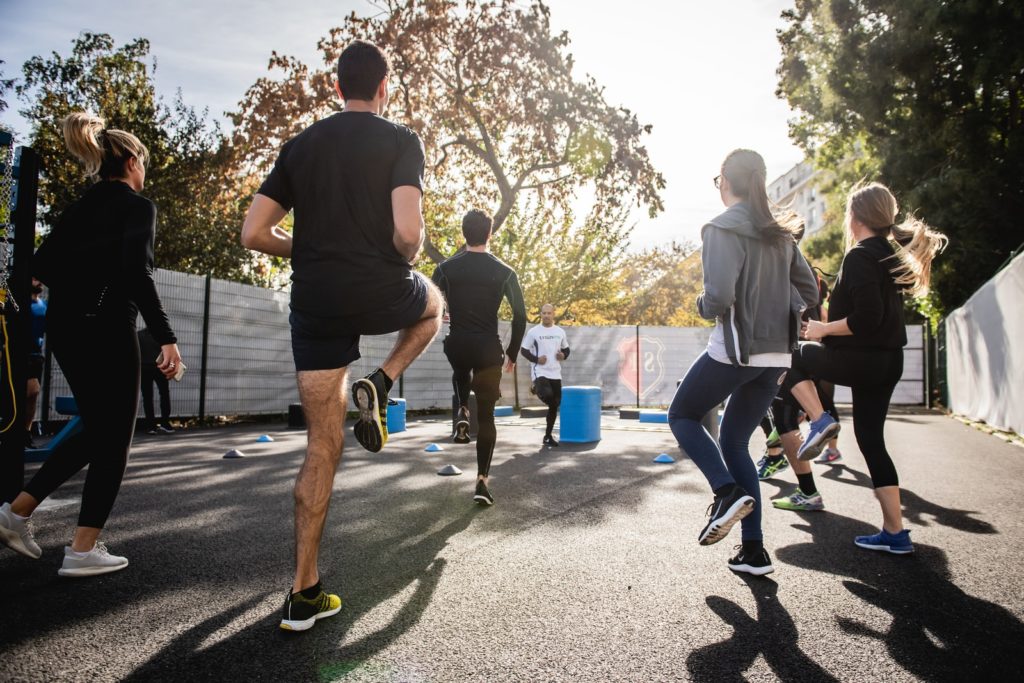“Going Low” An Athlete’s Perspective
It’s the reason you keep juice in the refrigerator, a Gatorade in your gym bag, and candy in your girlfriend’s purse. “Going low” can be described as that strange, empty feeling pitted in the center of your core that leaves you anxious, irritable, and even worse, sweaty.
‘Hypoglycemia’ is simply defined as the condition in which your concentration of blood glucose is lower than normal. For most diabetics, we start to experience symptoms somewhere in the 70’s or lower (mg/dl). While this condition can be experienced for a multitude of reasons, every diabetic is well aware that they are especially at risk during exercise.
For athletes, the fear is not so much worrying about the hazards of going too low. We all know the consequences: if left untreated, low blood sugars can lead to seizures or coma. But while it may sound illogical, incomprehensible, and fairly reckless to non-athletes, these serious dangers associated with our blood sugar dipping too low are not usually our main concerns.
The diabetic athlete just hates being told “No.” It is the desire to avoid sitting out of an activity that usually motivates us to stay above normal blood glucose ranges.
We don’t want to have to stop exercising.
We don’t want to sit out of practice.
And we certainly don’t want to distance ourselves any further from our friends and teammates.
The diabetic take on FOMO (“Fear of Missing Out”) creates an unintended consequence: diabetic athletes often overcompensate with high blood sugars.
In the ultimate case of shortsightedness, we sometimes take the immediate benefits while disregarding long term detriments we tax onto our bodies. I know for sure that if I trend a little higher than I should, I may not feel awesome, but I certainly won’t have to sit out. It was this careless thinking that led to me walking around with an A1C pushing double digits for a stretch in my high school football days. My brash justification for carrying sky-high blood sugar levels was that my team couldn’t possibly afford to have me sitting out for any extended period of time. I completely ignored any long-term effects I was causing myself, let alone the extremely clouded judgment and sensation of nausea I experienced when I was on the field.
Thankfully, I eventually saw the error in my ways. While maintaining a blood sugar level in the 200’s did indeed keep from me from going too low, I was sluggish, disoriented, and often a liability to my teammates. I came to realize that playing sports at a blood sugar level only slightly above my normal resting range actually provided me with more energy and allowed me to perform at my full potential. Meticulous preparation and consistent glucose level testing in order to remain in the proper range instantly became preferable to dumping high amounts of sugar into my body before game time and simply hoping for the best.
As diabetics, we have to resist the temptation of immediate security and trust ourselves to find solutions more beneficial to our bodies in the long run. I challenge each one of us to continue to explore the blood glucose levels in which we feel comfortable exercising. Obviously it is imperative that you exercise extreme caution, as there will undoubtedly be challenges along the way in the form of going too low. But in my experience, it was when I truly challenged the lower end of my higher “exercise BG range” that I overcame a lot of my fears about “going low” and ultimately flourished. I found a new range where I experienced a ton of energy, a clear mind, and a higher conditioning level. While you definitely want to exercise at a blood glucose level above your normal, resting level, the key is to find a level that’s not too high.
Through Lyfebulb, consulting with your doctors, and your own safe experimentation, you have the ability to work out and keep up with (or surpass) the insulin producing, non-diabetic athletes in the world. All it takes is patience, persistence, and dedication to the cause.

